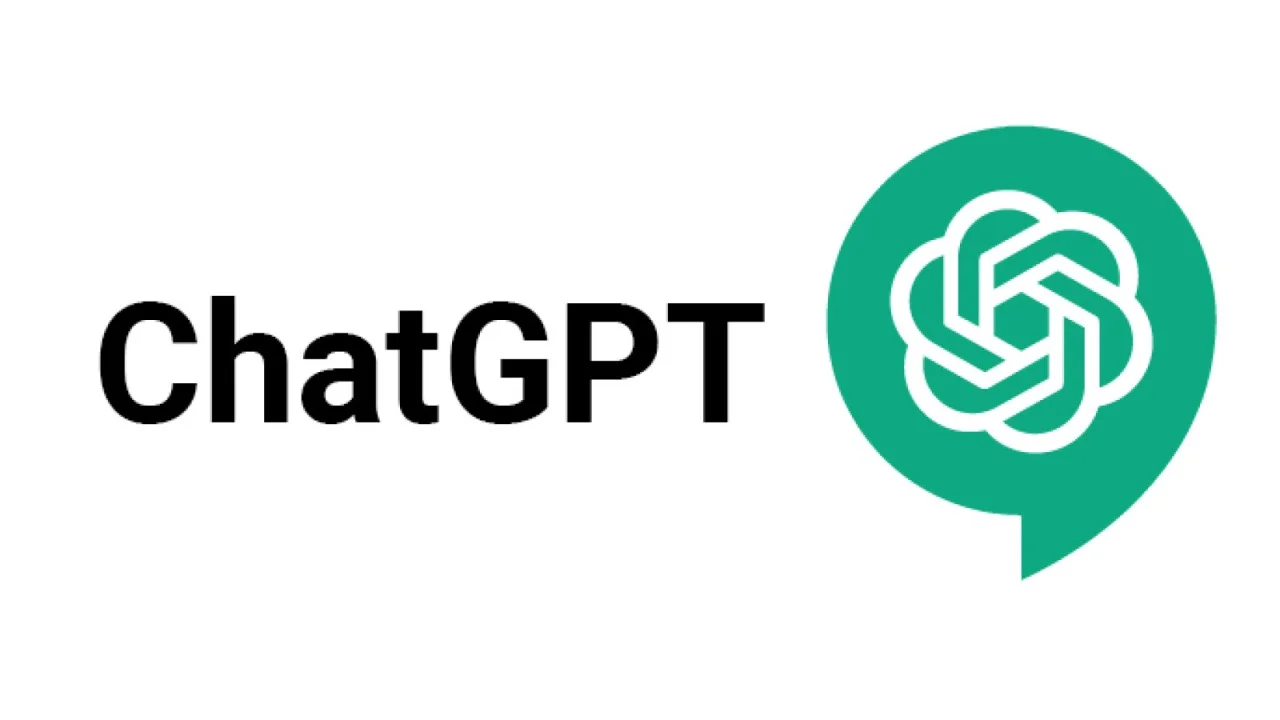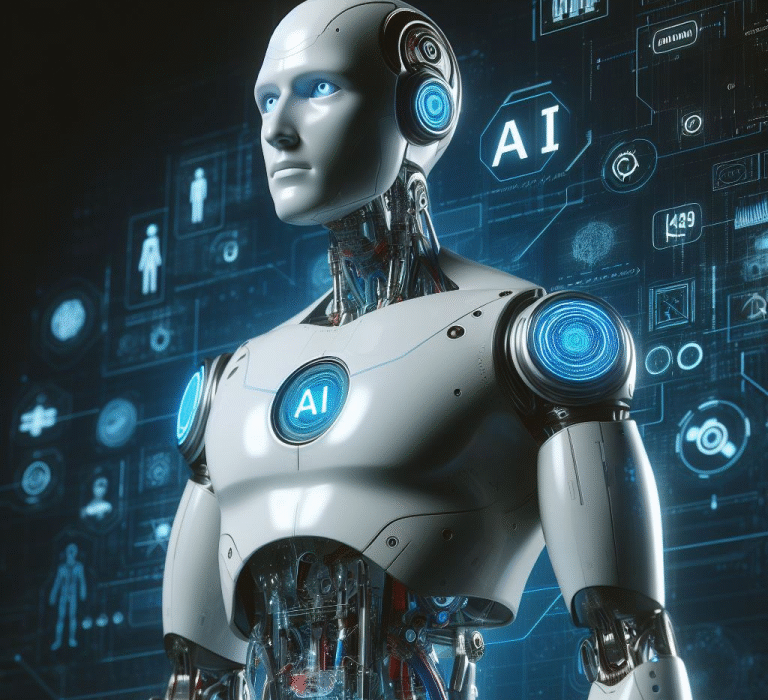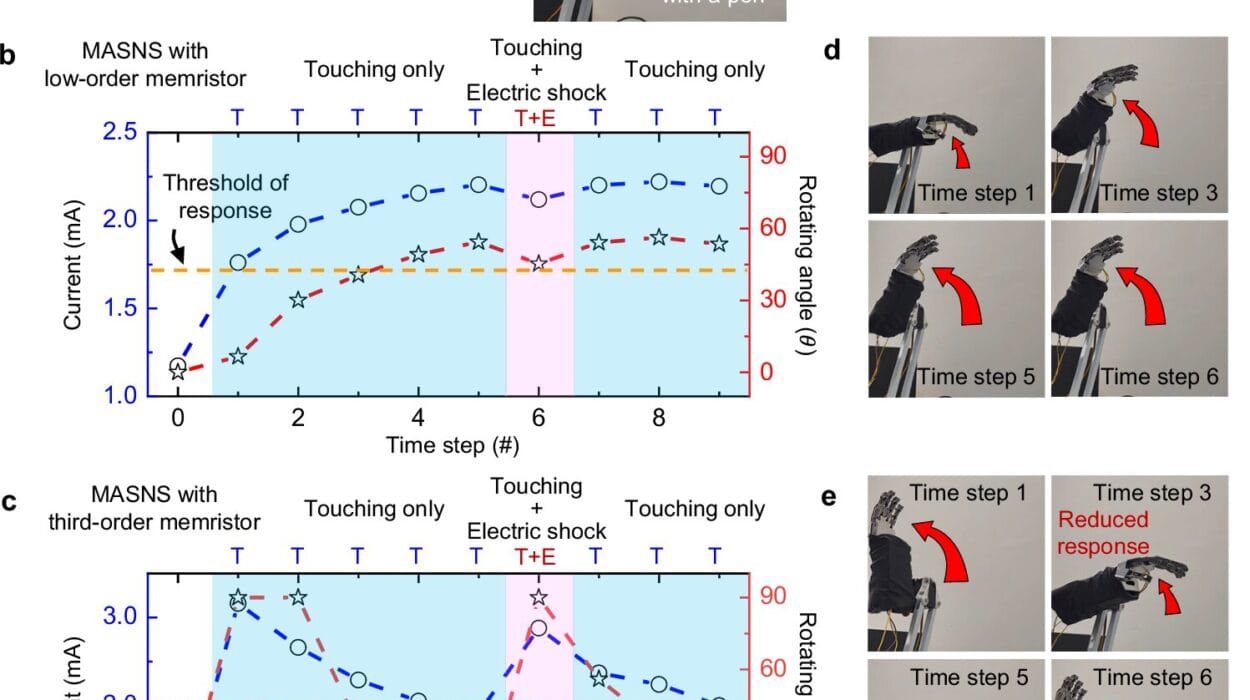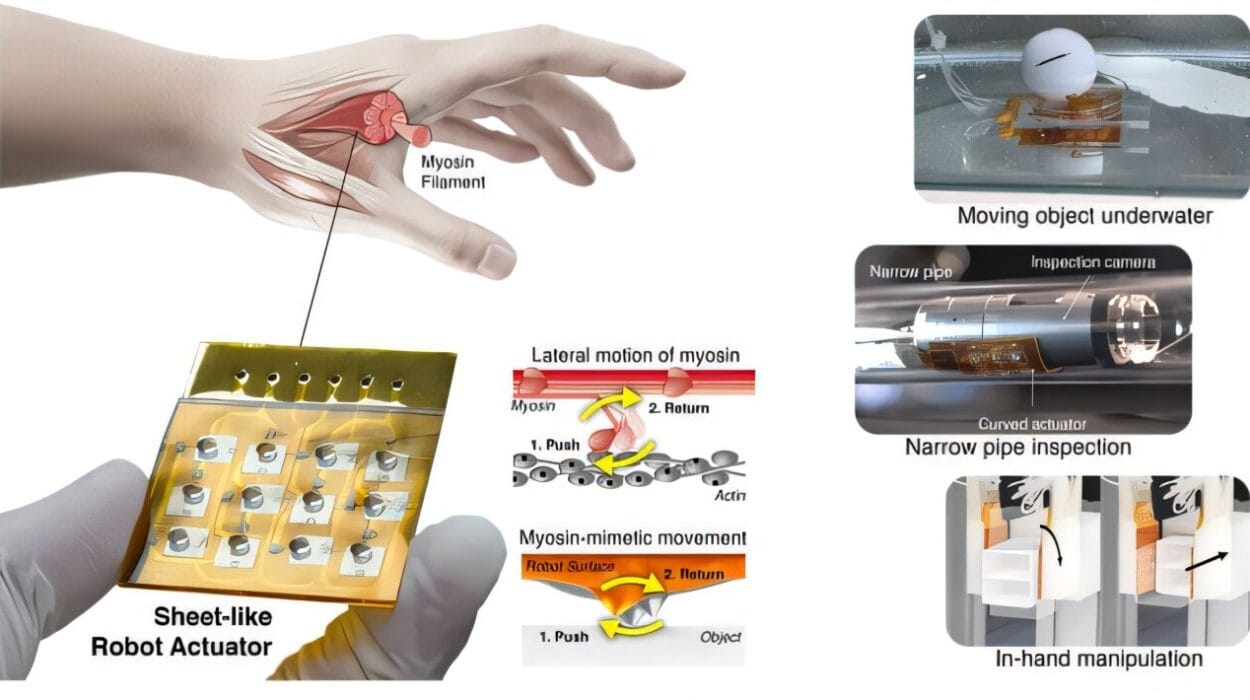In the not-so-distant past, artificial intelligence (AI) was mostly the stuff of science fiction. We imagined talking computers, helpful robots, and machines that could think like humans. But today, AI has moved out of the realm of imagination and into our daily lives. From recommending what to watch on Netflix to navigating traffic with GPS, AI is everywhere. And one of the most fascinating breakthroughs in this new wave of intelligent machines is a tool called ChatGPT.
You may have seen it making headlines, helping people write essays, answer questions, debug computer code, or even create art. But what exactly is ChatGPT? How does it work? Why is it considered revolutionary? And what does it mean for the future of communication, creativity, and human society?
In this article, we’ll explore the rise of ChatGPT and the technology behind it—breaking down complex ideas into simple, clear language. We’ll journey through the history of AI, discover what makes ChatGPT different from earlier technologies, and understand the implications of living in a world where machines can not only process language but seem to understand it.
The Origins of Artificial Intelligence
To understand ChatGPT, it helps to take a step back and look at where it all began. The idea of creating machines that can think dates back centuries, long before computers even existed. Philosophers like René Descartes and Alan Turing dreamed of mechanical minds—tools that could mimic or replicate human thought.
In the 1950s, the field of artificial intelligence was born. Early efforts focused on programming computers to follow strict rules and logic, like playing chess or solving mathematical problems. These systems worked well for structured tasks but failed when faced with messy, unpredictable human language.
Natural language—what we use in everyday conversation—is full of nuance, ambiguity, emotion, slang, and context. For decades, getting computers to understand language the way people do seemed like an impossible challenge.
From Data to Understanding
The breakthrough came with a shift in how we think about language and machines. Instead of trying to teach computers every rule of grammar or the meaning of every word, researchers began feeding them huge amounts of data and letting them learn patterns from that information. This is the idea behind machine learning—a type of AI that lets computers learn from experience, rather than being told what to do.
The more data these systems were trained on—books, articles, conversations, websites—the better they got at predicting what word should come next in a sentence. This ability to predict language patterns turned out to be incredibly powerful. It’s the core principle behind ChatGPT.
In short, ChatGPT doesn’t “know” things the way humans do. It doesn’t have thoughts or consciousness. But it’s astonishingly good at using patterns in language to generate responses that feel intelligent.
What Exactly Is ChatGPT?
ChatGPT is an AI chatbot created by OpenAI, a company focused on advancing artificial intelligence in safe and beneficial ways. The name “ChatGPT” stands for “Chat Generative Pre-trained Transformer.” That might sound like a mouthful, but let’s break it down:
- Chat means it’s designed for conversation.
- Generative means it can generate or produce text.
- Pre-trained refers to the massive training process it underwent before you ever interacted with it.
- Transformer is the type of neural network architecture it uses, which is especially good at understanding language.
At its core, ChatGPT is a large language model. It’s trained on an enormous amount of text from the internet—everything from Wikipedia and classic literature to news articles and coding tutorials. Using this data, it learns how words and ideas are connected.
When you type a message to ChatGPT, it doesn’t go search the web for an answer. Instead, it uses its training to predict what comes next in a conversation. It crafts its responses word by word, based on the likelihood of what a human might say in that situation.
The result? Conversations that feel surprisingly fluid, informative, and even creative.
How Does ChatGPT Work?
Imagine you’re finishing a sentence that begins with: “Once upon a time, there was a…” Even without thinking, your brain starts filling in the blanks. Maybe you imagine a princess, a dragon, a knight, or a magical land. That’s prediction at work.
ChatGPT works in a similar way—but on a much, much larger scale. It’s like a super-powered auto-complete system. Given a prompt, it predicts the most likely next word, and then the next, and the next, building a sentence one word at a time. But unlike simple autocorrect tools, ChatGPT considers not just a few words, but entire paragraphs of context.
Under the hood, this process involves neural networks, which are algorithms inspired by how the human brain works. These networks consist of layers of interconnected “nodes” or “neurons” that process information and adjust over time based on feedback.
The specific type of neural network ChatGPT uses is called a transformer—a game-changing architecture introduced in 2017. Transformers allow the model to focus on different parts of a sentence and understand relationships between words, even across long distances. This makes them especially powerful for tasks involving language, such as translation, summarization, and of course, conversation.
Real-World Uses of ChatGPT
What makes ChatGPT so exciting is its wide range of uses. It’s not just a tech demo—it’s a tool that’s already transforming how people work, learn, and create.
Students use it to help explain difficult concepts, summarize articles, and even practice writing essays. Programmers use it to write and debug code. Writers brainstorm ideas or get help editing their drafts. Business professionals automate emails, create reports, or draft proposals.
Educators use it to develop lesson plans. Journalists use it to research stories. Therapists explore it as a tool for mental health support. The versatility is stunning—and new uses emerge every day.
Of course, it’s not perfect. ChatGPT can make mistakes, “hallucinate” facts, or produce biased or misleading responses. That’s why it’s important to think of it as a helpful assistant—not a flawless oracle.
The Ethics and Challenges of AI Conversations
With great power comes great responsibility. As AI systems like ChatGPT become more capable, they also raise important questions. Who decides what it should or shouldn’t say? How do we ensure it doesn’t spread misinformation or harmful content? What happens when people rely too much on AI for decisions?
One of the biggest challenges is bias. Because ChatGPT learns from data found on the internet—and the internet reflects human biases—it can sometimes replicate those biases in its responses. OpenAI and other developers work hard to reduce harmful content, but it’s an ongoing effort.
Another issue is plagiarism and authenticity. If a student uses ChatGPT to write an essay, is that cheating? If an artist uses AI to create a painting, who owns the rights? These are questions society is still grappling with.
Finally, there’s the concern of job displacement. As AI becomes better at tasks like writing, coding, and customer service, some fear it will replace human workers. But others argue it will create new opportunities, just as past technological shifts have.
The Human Side of AI Conversations
One of the most fascinating things about ChatGPT is how human it can feel. It tells jokes. It remembers parts of your conversation (within the same chat). It can adopt different tones—formal, casual, even poetic. Sometimes, it surprises users with empathy, wit, or unexpected insight.
Of course, it’s important to remember that ChatGPT has no feelings, beliefs, or self-awareness. It doesn’t understand in the way you or I do. It doesn’t know what it’s saying—it just produces what’s statistically likely to be a good response. But our brains are wired for connection, and when machines speak fluently, we can’t help but relate to them.
This emotional engagement is both powerful and potentially dangerous. People may develop attachments to AI or mistake it for a conscious being. Developers are now exploring ways to make AI interactions more transparent—to remind users they’re talking to a machine.
The Future of ChatGPT and AI
So what’s next for ChatGPT and AI in general?
One exciting direction is multi-modal AI—systems that can understand not just text, but also images, audio, and video. Imagine an AI that can read a document, look at a photo, listen to a voice message, and respond intelligently across all those formats. This is already starting to happen with tools like GPT-4, which can analyze images as well as text.
Another frontier is personalization. Future versions of ChatGPT may remember long-term details about individual users, offering more customized support—like a personal tutor, writing coach, or life planner.
And there’s enormous potential in fields like medicine, where AI could assist doctors in diagnosing diseases or researching treatments. In science, AI may help generate new hypotheses or analyze complex data. In education, it could democratize learning and bring expert guidance to students anywhere in the world.
At the same time, concerns about privacy, control, and misuse grow more urgent. As AI becomes more powerful, who gets to wield it? Who profits from it? How do we ensure it serves the public good?
These are questions policymakers, scientists, and everyday citizens must answer together.
Conclusion: A Turning Point in Human History
ChatGPT is more than just a clever chatbot. It’s a glimpse into a future where machines can understand and use language—a skill once thought uniquely human. It represents a major milestone in the story of artificial intelligence, and it’s only the beginning.
For some, this future is exciting—full of possibilities for learning, creativity, and innovation. For others, it’s unsettling—a world where machines can imitate human minds and blur the line between artificial and real.
But one thing is clear: AI is here to stay. And the better we understand it, the more wisely we can use it.
ChatGPT is not the end of the story—it’s the beginning of a new chapter. A chapter where humanity and technology work together, learn from each other, and shape the future side by side.






